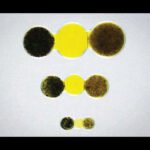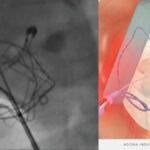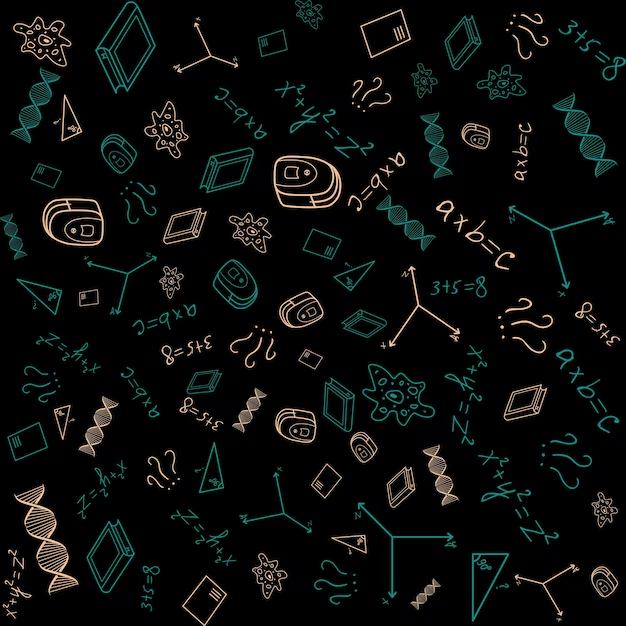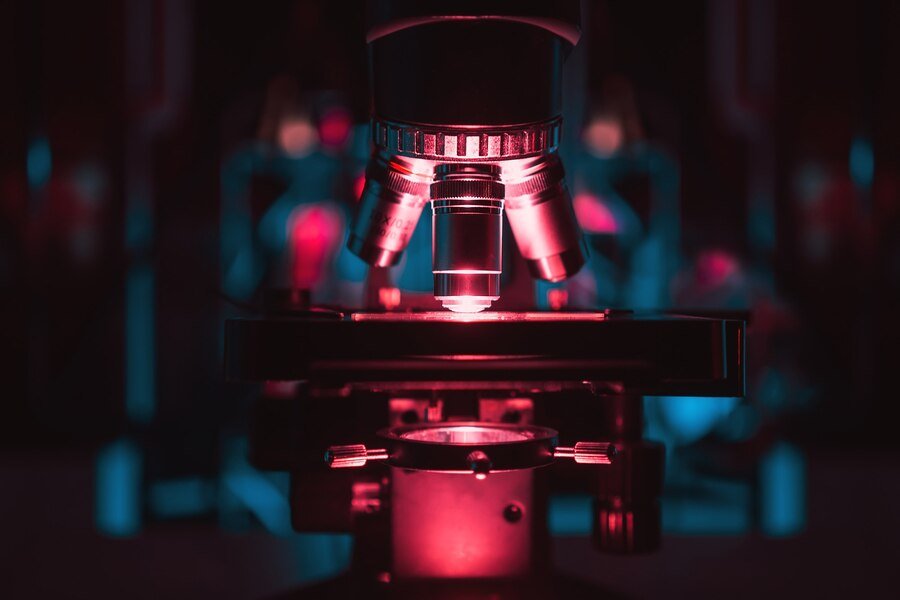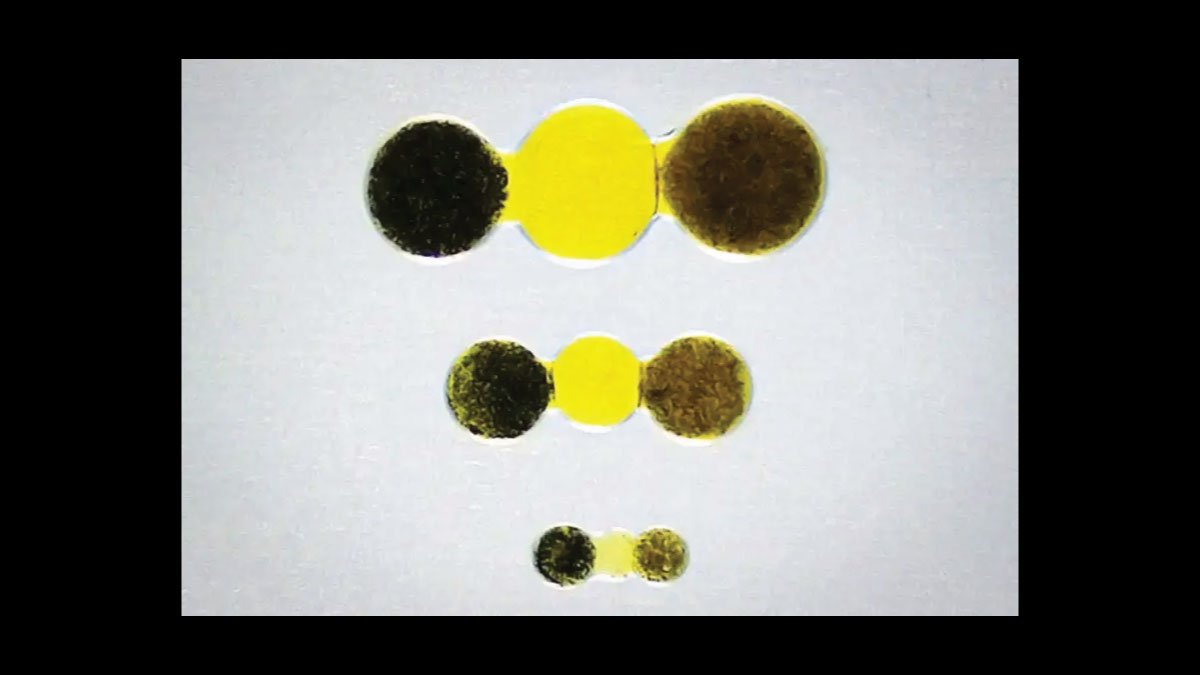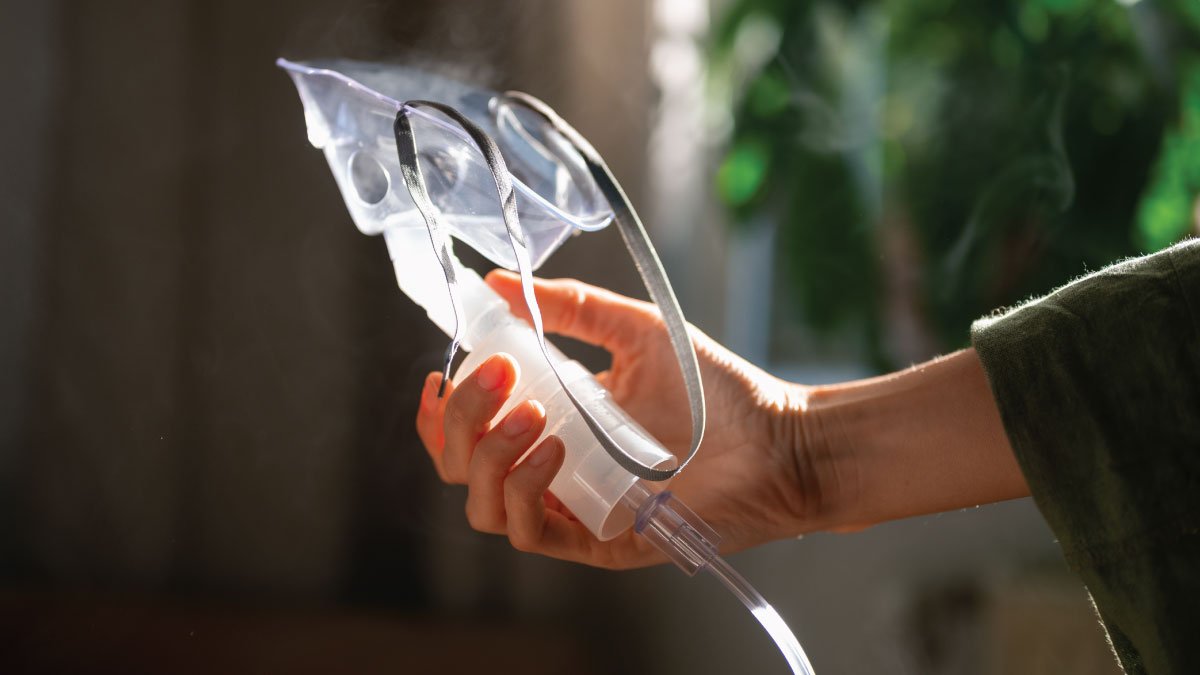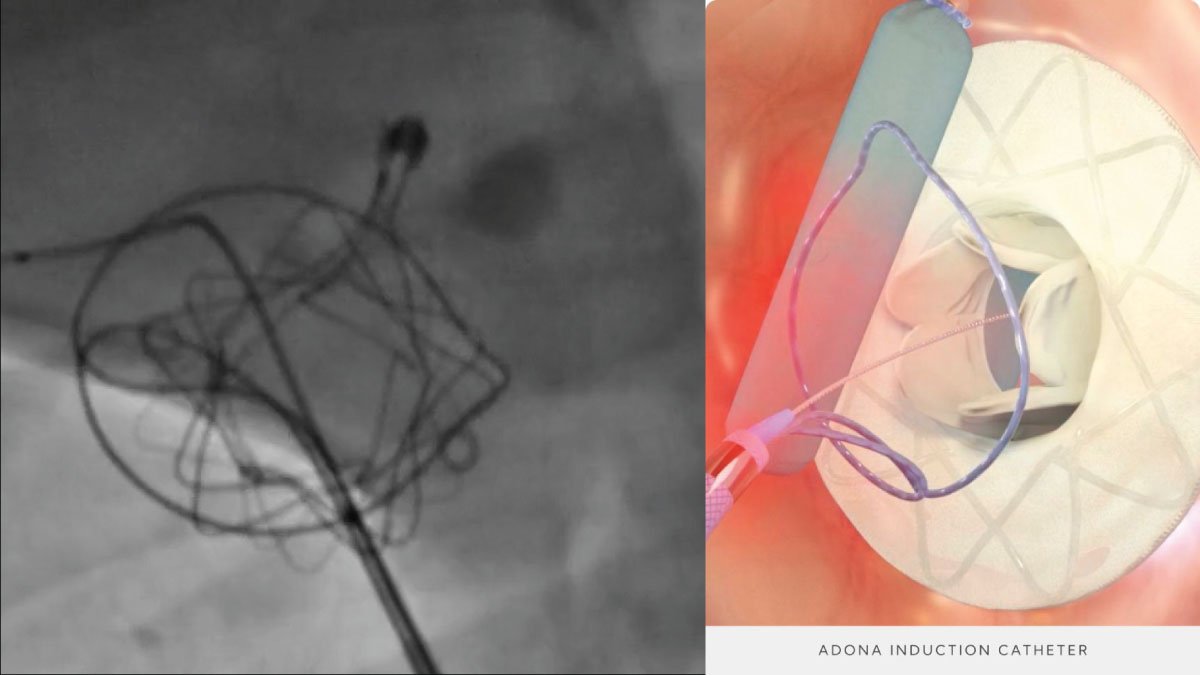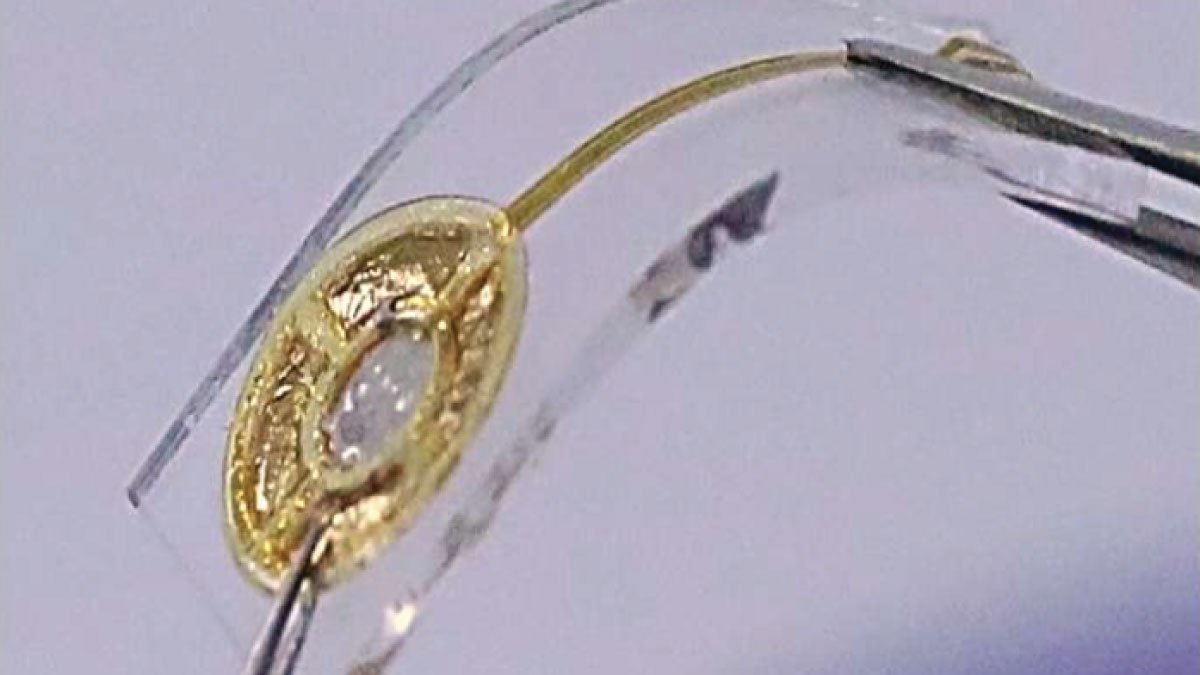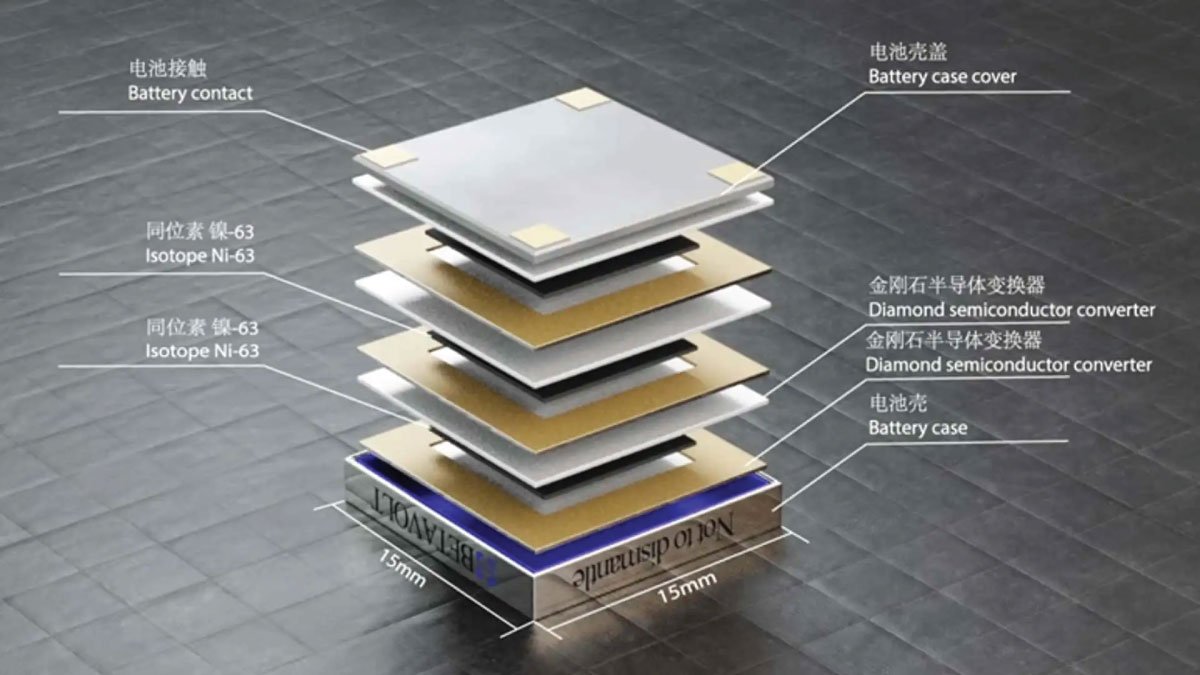Histopathological Biomarkers for Nanomedicines Revolutionize Tumor Accumulation Prediction
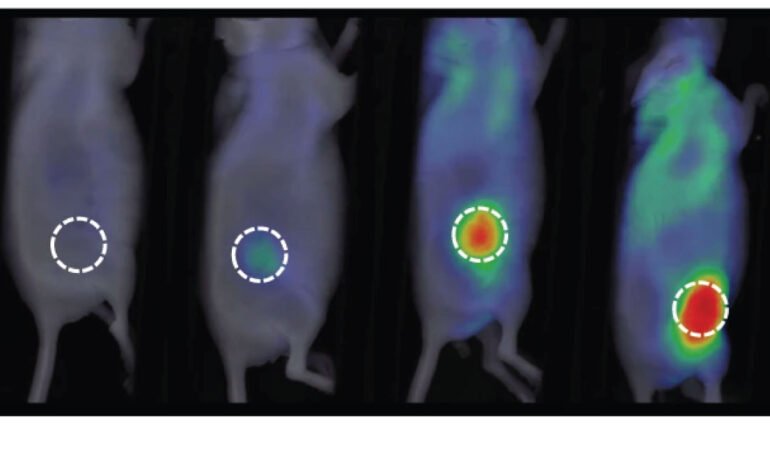
Recent studies underscore the role of histopathological biomarkers in forecasting the buildup of nanomedicines within tumors, marking a significant advancement in targeted cancer treatment and the creation of more efficient cancer therapies.
Revolutionary Method for Nanomedicines Administration
The domain of nanotechnology has seen impressive progress, especially in the area of cancer therapy, where nanomedicines are becoming a powerful tool for targeted treatment. A recent development in this field is the discovery of histopathological biomarkers that can accurately forecast the distribution of nanomedicines in tumors. This discovery, led by scientists at RWTH Aachen University, represents a major breakthrough in the personalization of cancer therapies, offering the potential to significantly boost treatment effectiveness and reduce adverse effects.
Nanomedicines are designed to deliver medications directly to cancer cells, thereby minimizing harm to normal tissues. However, a persistent issue has been the inconsistent distribution of these nanomedicines within tumors, which can result in uneven treatment results. The identification of dependable biomarkers that can predict tumor uptake of these nanomedicines could lead to more customized and effective cancer treatments.
Properties of Histopathological Biomarkers in Nanomedicines
- Enhanced Tailoring of Treatment: By utilizing histopathological biomarkers to estimate tumor uptake, healthcare providers can more accurately customize nanomedicine treatments for each patient. This level of tailoring ensures that the appropriate dosage of medication is administered directly to the tumor, maximizing its therapeutic impact while reducing exposure to the rest of the body.
- Minimization of Side Effects: A key advantage of nanomedicines is the reduction in side effects compared to conventional chemotherapy. The ability to predict how a tumor will absorb these medicines further diminishes the risk of side effects, as treatments can be adjusted based on the predicted uptake.
- Better Patient Results: With the aid of these biomarkers, oncologists can make more informed choices regarding treatment approaches. This could lead to improved patient outcomes, including higher rates of tumor reduction and decreased likelihood of recurrence.
- Optimization of Nanomedicine Formulations: The knowledge gained from examining these biomarkers can also guide the creation of future nanomedicines, leading to the development of more effective drug delivery systems.
Conclusion
The discovery of histopathological biomarkers for estimating tumor accumulation of nanomedicines is a significant advancement in cancer treatment. This breakthrough not only enhances the precision and efficacy of cancer therapies but also opens the door for further progress in personalized medicine. As research progresses, we can anticipate an even greater integration of these biomarkers into clinical practice, resulting in more effective and safer treatments for patients around the globe.
